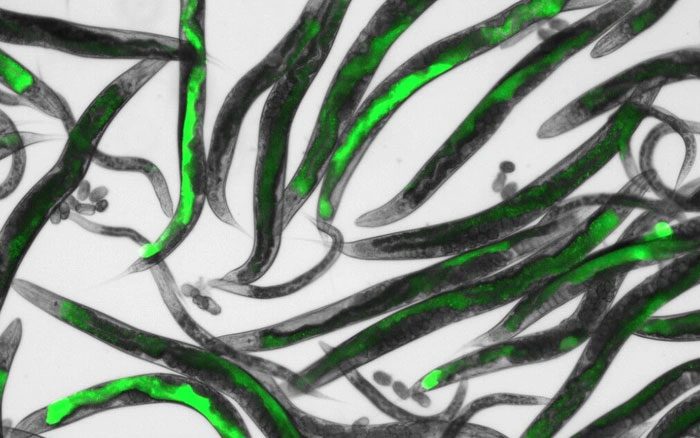Aalto University and the University of Helsinki (Finland) have recently collaborated on research to create a genetically modified worm that can detect indoor air pollution.

This is a species of transparent roundworm living in temperate soil environments.
Although the air in homes or workplaces may seem fine at first glance, it can contain harmful compounds emitted by materials present in the room, such as carpets, printers, and photocopiers. The genetically modified worm created in this study is a strain of Caenorhabditis elegans, a transparent roundworm that measures about 1mm in length and thrives in temperate soil.
What makes these roundworms special is that when they sense or taste synthetic or biological toxic compounds, they immediately react by producing green fluorescent protein (GFP) within 24 hours. The higher the concentration of these compounds, the more protein the worms produce, resulting in a stronger fluorescence.
These environmentally sensitive nematodes have previously been used to monitor heavy metal pollution levels outdoors. This new research marks the first time this species of worm has been tested for indoor air pollutants.


















































